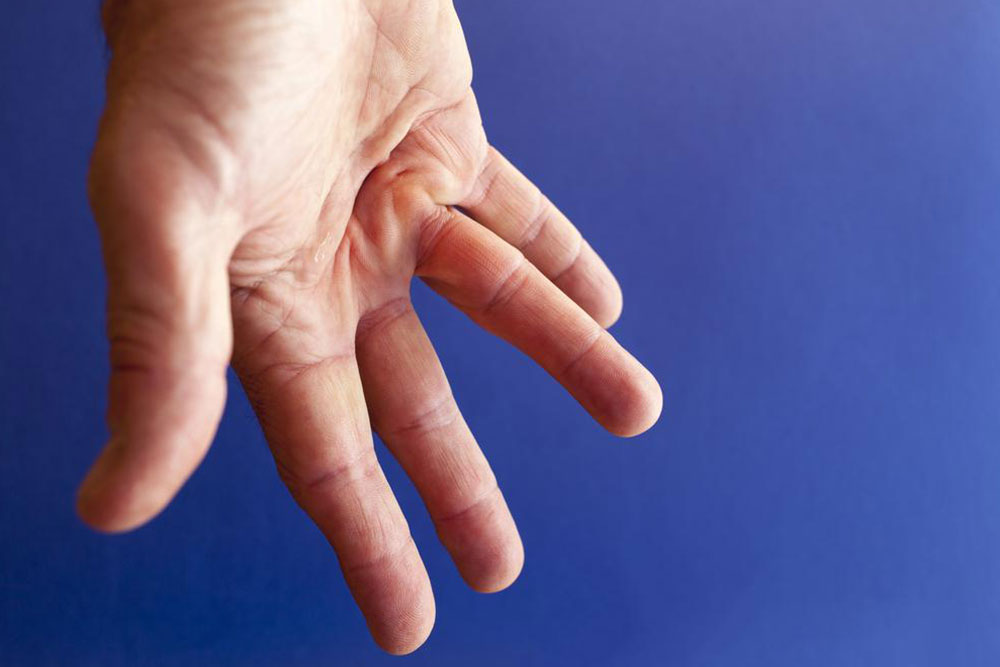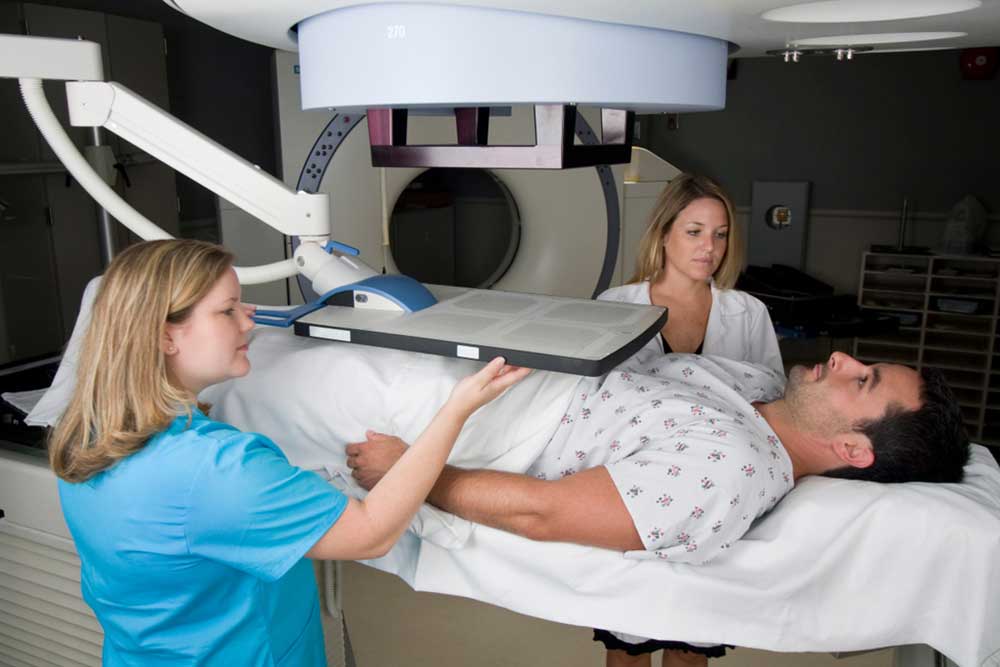Comprehensive Guide to the Top 3 Treatments for Dupuytren's Contracture
Dupuytren's contracture causes finger deformities by thickening tissue under the palm skin. This article provides a comprehensive guide to the top three treatment options: needle aponeurotomy, enzyme therapy, and surgical intervention. Discover which approach best suits your needs and learn about recovery, risks, and benefits to make informed decisions for managing this hand condition effectively.

In-Depth Overview of Leading Treatments for Dupuytren's Contracture
Dupuytren's contracture is a progressive hand condition characterized by thickening and tightening of the tissue beneath the skin of the palm, which can significantly impair hand function. This deformity results from the formation of nodules and cords that gradually pull the fingers into a bent position, most notably affecting the ring and pinky fingers. While it is more prevalent among men over the age of 50, especially those of Northern European descent, early detection and appropriate treatment can help manage symptoms effectively and improve quality of life. This detailed guide explores the three most prominent and effective treatment options available today, providing insights into their procedures, advantages, and considerations.
Needle Aponeurotomy: A Minimally Invasive Solution
Needle aponeurotomy stands out as a minimally invasive, outpatient procedure designed to release the constrictive cords responsible for finger curling in Dupuytren’s contracture. During this procedure, a fine needle is inserted through the skin directly into the thickened cord tissue. The needle's movement, combined with controlled pressure, severs the cord, allowing the finger to straighten. One of the key benefits of needle aponeurotomy is that it typically requires no sutures or extensive incisions, resulting in a quick recovery time and minimal scarring. It can be performed on multiple fingers simultaneously, making it a convenient option for patients with multiple affected digits.
Post-procedure, patients may experience some swelling or soreness, and physical therapy sessions are often recommended to regain optimal motion and strength. However, it’s important to note that the cords have the potential to reform over time, necessitating repeat treatments. Complications are rare but can include nerve or tendon injury if the procedure isn’t performed carefully, particularly near sensitive areas of the hand. Overall, needle aponeurotomy offers a fast, effective, and less invasive approach, particularly suitable for patients in the early to middle stages of the disease.
The cords may reform, which might require repeat treatments. Nevertheless, this technique provides rapid recovery with minimal discomfort and risk, making it a preferred choice for many patients.
Enzyme Therapy: Breaking Down Thickened Tissue
Enzyme injection therapy has emerged as a revolutionary non-surgical option for managing Dupuytren's contracture. This treatment involves injecting certain enzymes, such as collagenase, directly into the affected cords. These enzymes work biochemically to break down the abnormal collagen fibers that cause the cords to form and contract. Once the tissue softens, physicians can gently manipulate the fingers to straighten the affected digits, restoring their range of motion. This procedure is performed in a medical setting with local anesthesia, and it is generally well-tolerated by patients.
One of the significant advantages of enzyme therapy is its minimally invasive nature and the ability to perform it on an outpatient basis. It typically requires fewer precautions post-treatment, with many patients able to return to their daily activities quickly. However, similar to needling, enzyme injections may need to be repeated over time if symptoms recur or if the contracture progresses. Risk of mild side effects, such as swelling, bruising, or allergic reactions, exists but is usually manageable with appropriate medical care. The enzymatic breakdown of cords offers a promising alternative for those not ready for surgery or with less severe disease.
Surgical Intervention: The Last Resort for Severe Cases
When less invasive options prove insufficient, or when the contracture causes significant functional impairment or persistent pain, surgical correction may be necessary. Surgical procedures for Dupuytren’s contracture involve the removal or release of the diseased tissue causing finger curling. The most common surgical approach is fasciectomy, where the surgeon excises the thickened fascia and cords responsible for the deformity. In more advanced cases, skin grafts may be required if large areas of tissue are removed, which can extend recovery times.
Surgical intervention typically results in more definitive correction, particularly in advanced or refractory cases, but it also involves longer recovery periods, including postoperative physiotherapy to maximize hand function and prevent recurrence. The procedure under general or local anesthesia requires careful incision and meticulous removal of scar tissue. Although effective, surgery carries risks such as infection, nerve damage, or complex regional pain syndrome. Patients should have a detailed discussion with their hand specialist to understand the benefits and risks before opting for surgical intervention.
In conclusion, the choice of treatment depends on the severity of the disease, patient health status, and personal preferences. Early management with minimally invasive techniques like needle aponeurotomy or enzyme injections can delay or prevent the need for surgery. However, for severe, longstanding deformities, surgical procedures often provide the best long-term results. Consulting a hand specialist is essential to develop an individualized treatment plan that offers the best chance for restoring hand function and improving quality of life.





